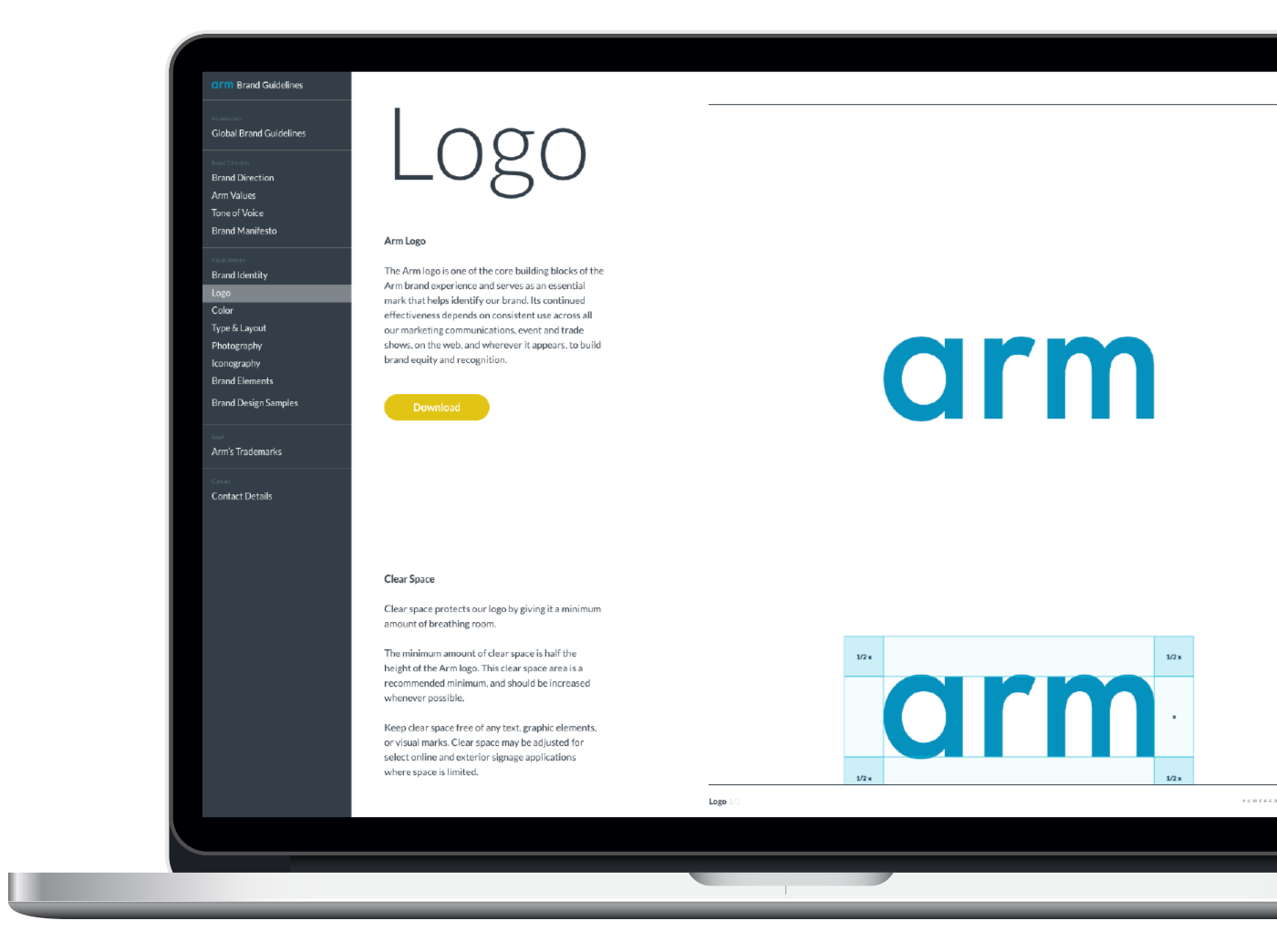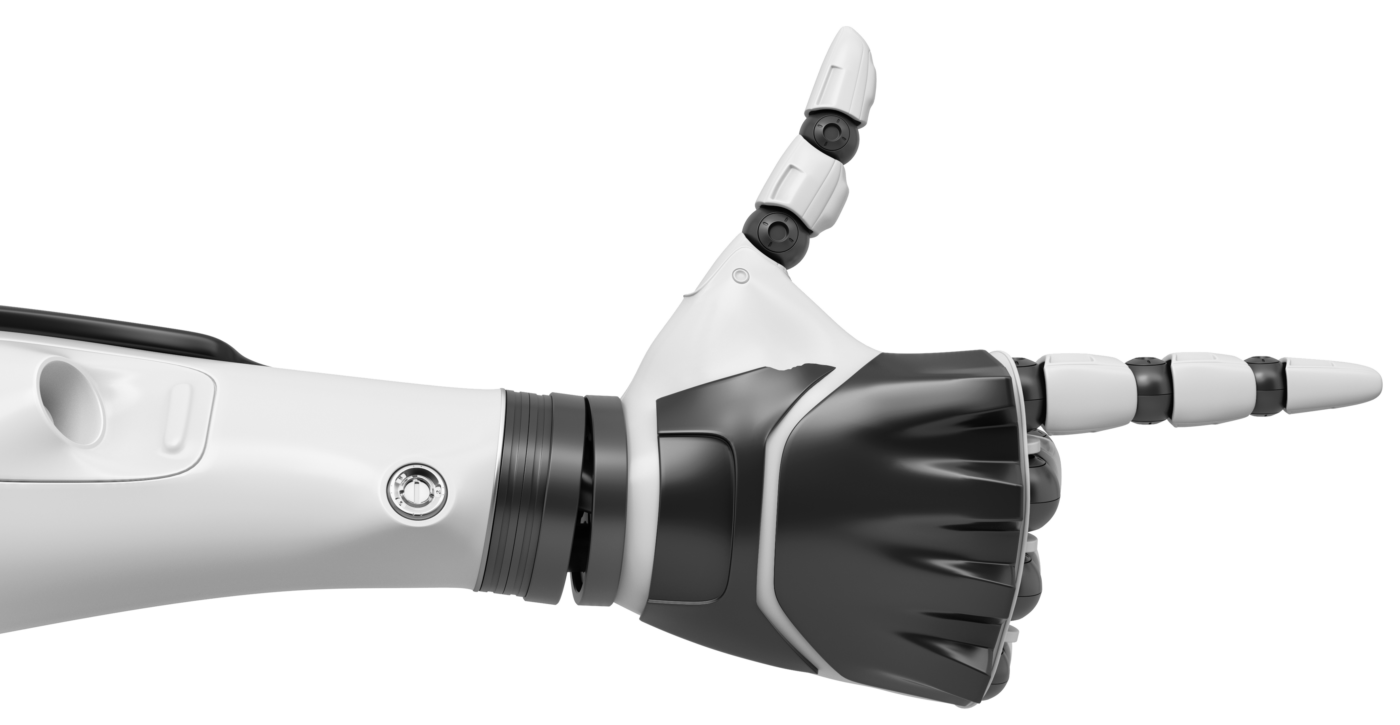Armv9: The Future of Specialized Compute

One year ago, as Arm’s global workforce began adjusting to remote working, we knew that technology would be key to weathering the storm.
Across the complex data-driven networks supporting all areas of the business world, we saw how technology enabled us to keep communicating and collaborating. The sudden switch to a digital-first life for Arm’s 7,000 people was almost seamless, and we were all able to keep pushing our design and engineering efforts without much interruption.
Looking back, I’m hugely grateful for the resilience of our people, and our partners. Now, as we think about a return to working together face-to-face, we’re once again considering how technology can speed our path back to shared physical workspaces.
The traditional workplace will evolve. Concepts such as thermal screening and the ‘contactless office’—automating doors, light switches and other shared touchpoints so employees don’t need to engage physically—are front of mind. Many of these systems will employ Arm technology in areas like automation and control and that’s brought us into a conversation with Johnson Controls International (JCI), a company with more than a 100-years of experience in the building operations sector.
We’re talking to JCI about how we see technology evolving, including the rise of advanced hardware security, on-device artificial intelligence (AI), sensor fusion and the flexible distribution of processing workloads from sensor to server.
The features that will enable this next generation of computing are already part of the Arm architecture but we are now enhancing our capabilities with the launch of our latest architectural design: Armv9.
The Armv9 Architecture: A milestone for Arm
The launch of the Armv9 architecture signals a new era for our company; a globally-pervasive platform driving secure AI-driven computing that will enable our ecosystem of more than 1,000 partners well into the 2030s. Armv9 will be at the forefront of the next 300 billion Arm-based chips; driven by the demand for increasingly specialized, secure and high performance processing built on the economics, design freedom and accessibility of general-purpose compute.
The Armv9 roadmap contains multiple new elements addressing the need for specialized compute from the smallest sensor to the largest supercomputer, but none are as important as the need to secure the world’s data.
Armv9 addresses computing’s greatest challenge: security
Hardware security isn’t a given: A single vulnerability could compromise an entire network, and we face new attempts to exploit Arm technology every day. To get a sense for how pervasive the problem is, Symantec detected almost 19 million attacks on its Internet of Things (IoT) honeypots in the first quarter of 2020. That’s a rate of more than 100 attacks per second, 13 percent higher than we saw towards the end of 2019.
In Armv9, we are introducing new features designed to deliver confidential computing – now an industry priority – at scale. Ordinarily, the operating system (OS) of a device has the highest authority and can see and do everything. Confidential compute changes that, and while the OS still decides what can run when, applications sit in a separate hardware-protected area of memory isolated from everything else in the system.
The Arm Confidential Compute Architecture (CCA) builds on the foundations of Arm TrustZone by enabling, for example, your personal banking information to be fully separated from your smartphone’s social media applications. Arm CCA’s new security features mean that even if a social media app did become infected with malware, it could not spread to the rest of your device.
Confidential compute is important for client devices, but it also has universal value as it keeps data encrypted while in transit, at rest, and isolated by the hardware while in use. In the cloud that can also mean protecting physical CPUs as well as virtualized processors running next to third party code.
In summary, confidential compute on Arm is a big deal. The security features we have developed already, and those we will create in future, will make their way across all tiers of computing applications; helping to protect IoT sensors, handsets, laptops, the Internet and the cloud.
Staying with security, the Arm Memory Tagging Extension (MTE) will be an integral part of the first generation Armv9-A based processors. Memory corruption is a major tool in a hacker’s inventory: many well-publicized data security breaches of the past 30 years have resulted from exploiting vulnerabilities in how computers store and recall data from memory. If a hacker knows the location of an important string of data, they can overwrite it with malicious code.
MTE enables developers to lock strings of data using a ‘tag’. That data can then only be accessed with the right key, held by the ‘pointer’—the code that is tasked with calling data from memory. Implementing lock-and-key access is a huge step in securing not only the code but the data it processes.
Enhanced parallel compute with Scalable Vector Extension 2 for Armv9
We’re also enhancing the performance of the v9 instruction set by upgrading our Scalable Vector Extension technology. SVE is already used in the Arm-based Fujitsu A64FX chip now powering the world’s fastest supercomputer, Fugaku and the Isambard 2 Arm-based supercomputer housed at the UK’s Meteorological Office.
Vectors, which are one-dimensional arrays of data, have been fundamental to high performance, energy-efficient computing since the world’s first commercially successful supercomputer, the Cray-1 in 1976.
The more vectors a computer can handle in parallel, and the longer those vectors are, the more powerful the computer will be. In Armv8-A, as standard, vectors are 128 bits in length.
With Armv9’s SVE2 upgrade, chip designers can choose a vector length in multiples of 128, up to 2048 bits. That’s an enormous amount of parallel compute, and while SVE was initially developed for the HPC space, SVE2 in Armv9 extends SVE support for a range of specialized DSP and XR (augmented and virtual reality) workloads, from genomics to computer vision.
Armv9 Enables Advanced AI Applications
In Armv9, SVE2 also opens up a range of new approaches to deploying more powerful AI. And in the coming years, Arm AI-enabling technology will get a further boost through upgrades to Matrix Multiplication—a key element in enhancing machine learning (ML).
We’ve been pushing hard on the AI ability of our processors for several years and it’s paved the way for a vast range of specialized applications and complex use cases.
In many cases, these will be cloud AI and edge AI use cases, making use of the incredible machine learning (ML) capabilities in our Neoverse infrastructure-class processors. But some of the most interesting use cases I’ve seen have been in endpoint AI—employing our smallest and lowest power Cortex-M processors.
Learn more: Cloud AI, Edge AI, Endpoint AI. What’s the Difference?
Take a look at what Cambridge Consultants has been doing with our Cortex-M55 CPU and Arm Ethos-U55 microNPU, for example. The team not only ported the incredibly complex BacillAi cloud AI algorithm designed to monitor tuberculosis (TB) to the Cortex-M55 but they achieved similar run times and accuracy levels to the application’s former cloud deployment – while drawing just a few Watts in the process.
And in Indonesia, conservationists working for Rainforest Connection have deployed Arm CPU and GPU-based devices to listen out for your command to listen for the tell-tale sounds of heavy plant machinery and chainsaws. The detectors run ML locally on the CPU using TensorFlow Light which makes them resilient to cellular network outages. They are also cloud-linked for data aggregation.
As Armv9 evolves, v9-M profiles will become available and they will enable a new wave of applications as I have described. Meanwhile, we’re getting the developer world ready by providing advanced tool support and a model-based development platform so there’s no lag between v9-based devices coming available and the ability of software developers to take advantage.
That includes the launch of virtual prototypes supporting SVE2 on our developer platform from the start of 2021, and the upstreaming of compiler support for SVE2 for GCC and LLVM. We’re also providing a variety of C++ compiler support for intrinsics and auto-vectorization. These tools will enable the fast and easy porting of workloads to get them working on virtual v9-based targets.
There’s a lot for Arm, and our partners, to get excited about with Armv9. But today’s launch is just the first step on a roadmap of high performance, low-power IP that will spark the world’s potential through specialized processing built on the economics, design freedom and accessibility advantages of Arm general-purpose compute.
Armv9: Arm’s solution to the future needs of AI, security and specialized computing
Learn more about Arm’s vision for the next decade of computing and the future of the Arm architecture, including panel discussions with Arm ecosystem partners including Google, Foxconn, Microsoft, NVIDIA, NXP, Unity, Volkswagen, Zoom and many more.
Any re-use permitted for informational and non-commercial or personal use only.















